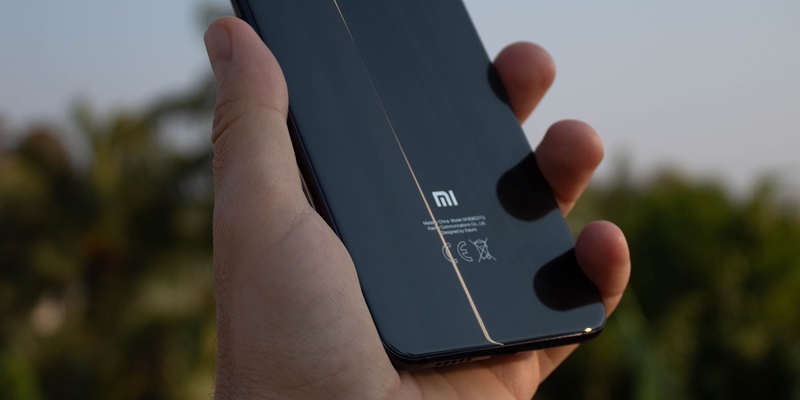Xiaomi, the Chinese smartphone manufacturer, has recently launched its highly anticipated Xiaomi 14 and Xiaomi 14 Pro models. However, there is a cloud of uncertainty surrounding the primary camera sensor used in these smartphones. Xiaomi claims that both models utilize the “Light Hunter 900” sensor, but the identity of the manufacturer remains undisclosed. This article will delve into the speculations and rumors surrounding the camera sensors used in Xiaomi’s latest smartphones and shed light on the potential implications for its upcoming flagship, the Xiaomi 14 Ultra.
Claims of the “Light Hunter 900” sensor
Xiaomi’s assertion that the Xiaomi 14 and Xiaomi 14 Pro employ the ‘Light Hunter 900’ sensor has piqued the interest of tech enthusiasts. However, the manufacturer responsible for developing this sensor remains shrouded in mystery. Xiaomi’s decision to withhold this information has sparked curiosity among consumers, leading to various theories surrounding the true origins of this camera sensor.
Initial beliefs about a customized Sony sensor
At first, there were conjectures that Xiaomi had customized a Sony sensor specifically for its latest smartphone models. This assumption was based on Xiaomi’s use of the Sony IMX989 sensor in its previous models, the Xiaomi 13 Pro and Xiaomi 13 Ultra. The Sony IMX989 is also utilized in the Vivo X90 Pro Plus, further emphasizing its prominence in the smartphone industry. However, recent suggestions indicate that Xiaomi may have opted for an alternative camera sensor for its latest offerings.
The Omnivision OV50H sensor
One possibility is the utilization of the Omnivision OV50H sensor. The Omnivision OV50H is a 1/1.3-inch sensor, similar in size to the Light Hunter 900. This sensor has garnered attention due to its impressive image quality and low-light capabilities. Additionally, it has gained recognition in the industry, being of interest to major smartphone manufacturers like Huawei. If Xiaomi has indeed adopted the Omnivision OV50H sensor, it could signify a strategic move to enhance the camera capabilities of its latest models.
The Next Ultra-Branded Smartphone
Rumors have already started circulating regarding Xiaomi’s next Ultra-branded smartphone. It is speculated that this device will feature a groundbreaking 1-inch sensor, further advancing Xiaomi’s photography prowess. However, there is a disagreement among leakers regarding which specific camera sensor will be integrated into the Xiaomi 14 Ultra.
The LYT-900 sensor by Digital Chat Station
According to Digital Chat Station, a notable leaker, the Xiaomi 14 Ultra might sport the LYT-900 sensor. This sensor boasts a native output of 50 MP, promising exceptional image quality and detail. If this speculation turns out to be accurate, the Xiaomi 14 Ultra could become a formidable contender in the smartphone photography arena.
The Omnivision OV50K sensor
On the other hand, some industry insiders propose that the Omnivision OV50K sensor might be the chosen camera sensor for the Xiaomi 14 Ultra. Comparable to the Omnivision OV50H, this sensor also offers a 50 MP resolution and has captured the interest of prominent smartphone makers like Huawei. A partnership between Xiaomi and Omnivision could lead to impressive camera performance on the Xiaomi 14 Ultra.
Release Timeline and Conclusion
The Xiaomi 14 Ultra is anticipated to be released in mid-2024, following the global launch of the Xiaomi 14 and Xiaomi 14 Pro. As the release date approaches, the excitement and speculation surrounding the camera sensors for Xiaomi’s upcoming smartphones continues to grow. Choosing the right camera sensor plays a pivotal role in meeting consumer expectations for superior imaging capabilities and establishing Xiaomi’s presence in the fiercely competitive smartphone market.
In conclusion, Xiaomi’s choice of camera sensors greatly impacts the photography prowess and overall appeal of its smartphones. While the “Light Hunter 900” sensor remains an enigma, speculations point towards the possibility of Xiaomi employing the Omnivision OV50H or introducing an entirely new sensor with the Xiaomi 14 Ultra. As smartphone technology advances, the camera capabilities of these devices have become a primary focus for consumers. Thus, the camera sensors chosen by Xiaomi will undoubtedly influence the success and reception of its upcoming smartphone lineup.

